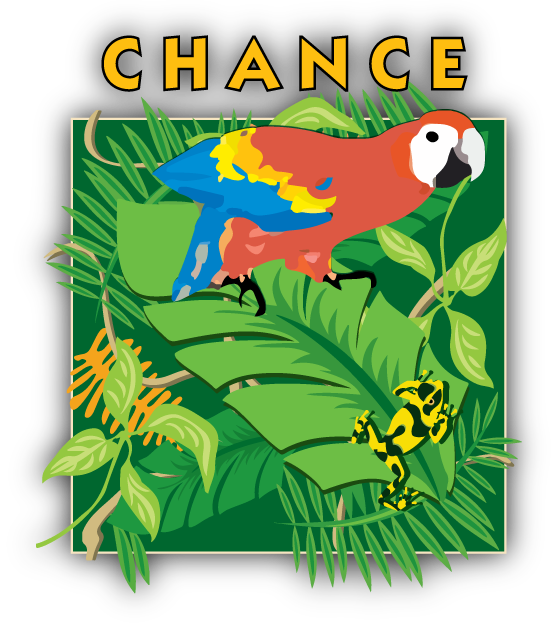The CHANCE "Field Course Experiential Learning Model"
For Embedded Study Abroad Programming
What is it?
A three-part sequential learning model.
Objective
The main objective is to move students beyond simple memorization of facts to higher-order domains of application and integration (Bloom, 1956; Anderson and Krathwohl, 2001). For this reason, the Field Course Experiential Learning Model has embedded performance assessments that require students to perform authentic tasks to reveal knowledge and skills, demonstrating the ability to apply conceptual understanding.
Fosters Interdisciplinary Perspectives
This design facilitates increased understanding of environmental science and conservation biology through encouraging students to become active participants in their own education. Learning is further enhanced through interdisciplinary perspectives incorporating principles of biology, ecology, environmental engineering, geography, economics, sociology, political science, history, and other disciplines.
Interdisciplinary perspectives promote learning through addressing principle sources of curricular incoherence including irrelevance, information under/overload, obscurity or indirectness, and inaccuracy (Johnson and Ratcliff, 2004).
DIagram of the CHANCE Field Course Experiential learning Model
(McLaughlin and Johnson, 2006)
Pre-FIELD
Online Assignments
Innovative online assignments that provide essential background knowledge on topics and areas to be explored.
FIELD
10-17 Day International Study
A field experience that includes hands-on conservation work, journal keeping, discussion groups and panels, field assignments, inquiry-based research on a real-world environmental issue, formal research presentations, and independent exploration.
Post-field
Online Assignments
Post-field online assignments that encourage the integration and application of key concepts learned as well as relevant reflection.






